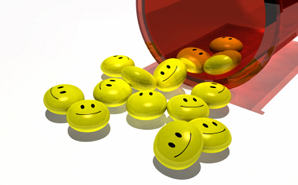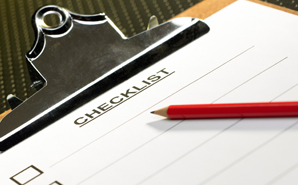 Let’s face it: We’ve all doubted certain patients’ complaints of pain. We’ve all wondered whether their “pain” was really a not-so-cleverly disguised cry for a cheap fix. So how do you know if your patient is in pain—or just wants drugs?
Let’s face it: We’ve all doubted certain patients’ complaints of pain. We’ve all wondered whether their “pain” was really a not-so-cleverly disguised cry for a cheap fix. So how do you know if your patient is in pain—or just wants drugs?
In Part I and Part II of our Pain Management series, ER doc Brady Pregerson and Nurse Rebekah Child examined the challenge of accurately assessing a patient’s pain, as well as the perils and pitfalls of simply dispensing the dope any time a patient asks. In this article, they point you to signs and symptoms that may indicate your patient has more than physical pain on his mind.
How to Recognize a Seeker
Dr. Brady: What do I do when I have a patient who I think is feigning illness in an effort to get narcotics? It depends. First and foremost, I do my best to make sure I’m not missing something. If you let your guard down, you will eventually get burned. I also find it useful and relatively simple to check and see how often the patient comes to the hospital. If she’s here less than five or six times a year, I worry less than if she’s here every month. But you have to be careful with this test, as some patients with real disease, such as sickle cell disease, really do need our services that frequently. Plus, in urban areas, some patients just visit different EDs every month; checking their home address may give a clue to this one. Another thing I like to do is call the patient’s doctor, if she has one, to get more information.
Nurse Rebekah:
Top Ten Signs Your Patient May Be Seeking Narcotics Inappropriately
1. He knows which ER docs have a proclivity for dispensing narcotics and schedules visits around their work hours.
2. She remembers your password for the Pyxis—and prompts you when you forget it.
3. He knows the exact dose of medication that will kill the pain: “4 mg of Dilaudid IVP usually works for me.”
4. She’s allergic to Toradol and morphine.
5. He went into a clinical depression when many emergency rooms stopped stocking Demerol.
6. She can relate to Nurse Jackie.
7. He’s been to the ER 15 times in the last year for pain management and yet can’t make it to the pain clinic for his appointment.
8. She balks at the idea of narcotics being given subcutaneously.
9. His holiday wish list looks like a Pyxis report.
10. Her primary physician not only knows her name, but so does the doctor’s wife, his three kids, the pharmacist and the pharm tech at the local drugstore.
Yes, this list is somewhat tongue in cheek, and sometimes the hints may be more subtle than directly depicted above. But all kidding aside, remember that these drug seekers get very good at their pasttime of hoarding meds. Don’t disregard any suspicion as an overreaction because it may lead to more than you realize. These people, for their own safety and the safety of your license, must be dealt with and their addiction must be treated. Do not be afraid to report them.

















